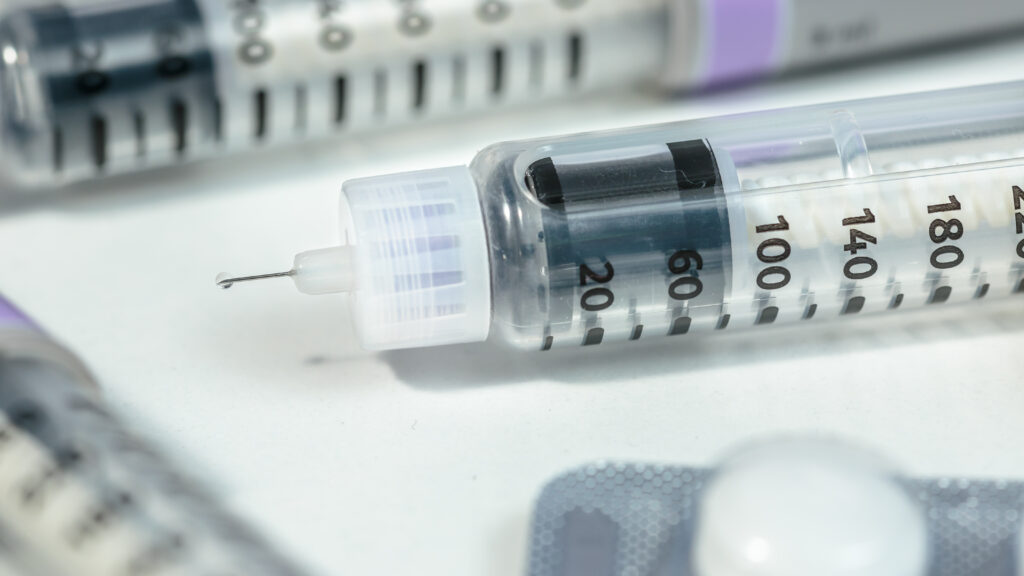Diabetes drugs are too expensive in the U.S., and insulin is infamously six to 13 times more expensive here than in comparable high-income countries. And blockbuster GLP-1 drugs, too, could be a lot less expensive, according to an investigation published this week in JAMA Network Open, with a simple change: robust generic competition.
The study, led by Melissa Barber, a Yale postdoctoral fellow, and conducted in collaboration with Doctors Without Borders, a nonprofit medical organization working in low-resource and emergency settings, found that making a generic vial of insulin could cost $61 to $111 per year — 97% less than than the current market price in the U.S., based on an estimate that factors in a 10% to 50% profit margin.
advertisement
“The prices of insulin, in the United States in particular, are exceeding production,” Barber said, commenting on the stark contrast between sales price and production cost. “It’s up to policymakers to decide what to do about that.”
Researchers tried to ensure their calculations were conservative. Case in point: The paper’s profit-adjusted cost for generic insulin is 24% higher than what the drug is sold for in the Philippines, where generics are already available.
Findings for the cost of making GLP-1 biosimilars were along the same lines. Researchers calculated that the cost of producing a patient’s monthly supply of a GLP-1 drug would range from $0.75 to $72.50; currently, Ozempic costs about $1,000 a month in the U.S, $155 in Canada, and less than $60 in Germany, according to a statement by Sen. Bernie Sanders, who cited the study as evidence of pharmaceutical overpricing and called on Novo Nordisk to lower the price of Ozempic.
advertisement
“As Chairman of the Senate Committee on Health, Education, Labor, and Pensions (HELP), I am calling on Novo Nordisk to lower the list price of Ozempic — and the related drug Wegovy — in America to no more than what they charge for this drug in Canada,” said Sanders in a statement.
In a statement to STAT, the Danish drugmaker didn’t comment on the specific findings of the JAMA study, but pointed to the company’s existing efforts “to support greater health equity to those in need of diabetes treatment and care.”
“While we are unaware of the analysis used in the study, we have always recognized the need for continuous evaluation of innovation and affordability levers to support greater access of our products,” said Jamie Bennett, Novo Nordisk’s director of media relations.
The impact of this research isn’t limited to the high price of drugs in the U.S., notes Doctors Without Borders in an article accompanying the publication. The findings also suggest that GLP-1 drugs could be affordable and accessible globally, including in low- and middle-income countries where diabetes is on the rise.
“These new drugs are an absolute game changer for people living with diabetes, but are being kept out of the hands of hundreds of millions of people in low- and middle-income countries who need them,” said Christa Cepuch, a pharmacist coordinator with the organization.
There are limits to the study, says Barber. Notably, the analysis doesn’t include detailed costs of required investments in research and development, though it factors in $11 million to $53 million, depending on the drug, as the cost of setting up the production of new biosimilars. This is in line with real-life costs: The state of California invested $50 million in its insulin development project.
She pointed to another major challenge: limited information from drug manufacturers eager to protect their investments. “That lack of transparency and the lack of specific inputs is hindering evidence-based policymaking,” Barber said. “It makes it very difficult to think [about] what kind of policy experiments might be most effective.”

